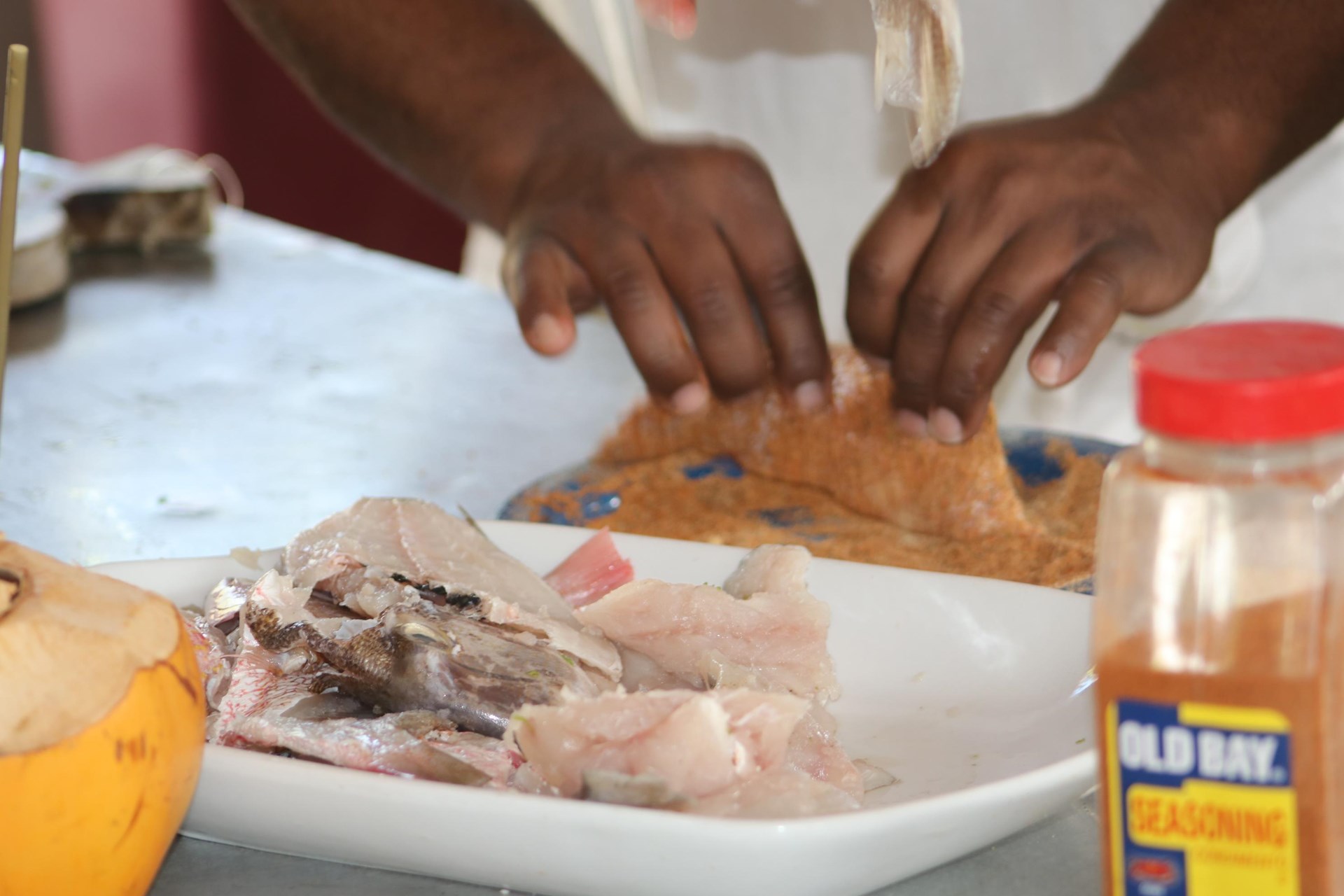

Here, we resolve this challenge by building an efficient tree-based data structure encoding the inferred evolutionary history of the virus.

We demonstrate that our approach greatly improves the speed of phylogenetic placement of new samples and data visualization, making it possible to complete the placements under the constraints of real-time contact tracing. Thus, our method addresses an important need for maintaining a fully updated reference phylogeny.

We make these tools available to the research community through the University of California Santa Cruz SARS-CoV-2 Genome Browser to enable rapid cross-referencing of information in new virus sequences with an ever-expanding array of molecular and structural biology data. The methods described here will empower research and genomic contact tracing for SARS-CoV-2 specifically for laboratories worldwide. In the past year, the SARS-CoV-2 virus quickly spread across human populations worldwide 1, 2, 3.


 0 kommentar(er)
0 kommentar(er)
